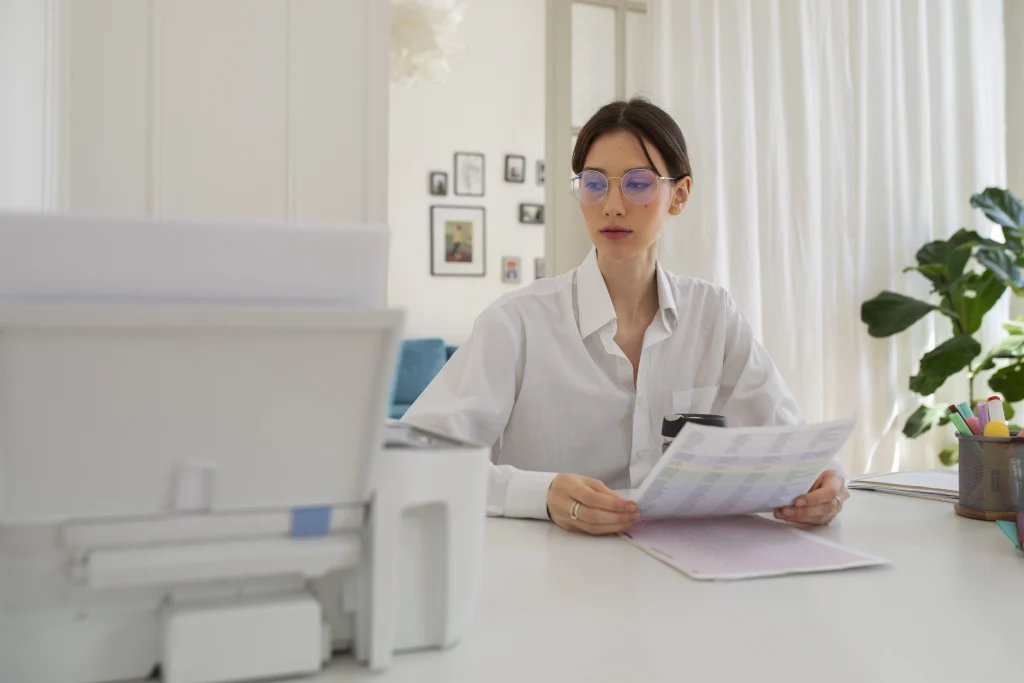Ever thought about making your insurance claims for therapeutic activities more efficient? Billing correctly with the CPT code for therapeutic activity is key. It helps your practice's finances and ensures top-notch patient care.

It's vital to grasp the details of CPT code 97530 for accurate billing. This code covers "[t]herapeutic activities, direct (one-on-one) patient contact (use of dynamic activities to improve functional performance), each 15 minutes." Billing these physical therapy codes right can boost your earnings and cut down on denied claims. This means your patients get the care they need without financial hurdles.
Handling insurance claims for therapeutic activities can be tricky. But, when done right, it can make your revenue cycle smoother and improve your service quality. From activities like bending and lifting to tasks that improve fine motor skills, each one must be documented well. This shows why they're needed and how patients are getting better.
Key Takeaways
- Effective use of CPT code 97530 crucially depends on detailed and accurate documentation.
- Proper billing and documentation improve reimbursement rates and reduce claim denials.
- Therapeutic activities under CPT code 97530 focus on dynamic movement and functional performance.
- Medical coding for therapy services requires clear correlation between activities and medical conditions.
- Automated billing and efficient scheduling can optimize resources and enhance billing accuracy.
Understanding the CPT Code for Therapeutic Activity
The *CPT code for therapeutic activity*, known as *CPT code 97530*, is key in delivering therapy. It's for direct patient contact, in 15-minute blocks. The cost for this code varies by insurance, with Medicare paying about $41 per unit on average.

In our work, the modifier for therapeutic activity CPT code 59 is crucial. It allows us to bill for distinct services within the same session, provided they are medically necessary and separate procedures. This is especially useful when combining therapeutic activities (97530) with manual therapy (97140) or other treatments.
Insurance reimbursement varies based on payer policies. Each insurer has its own billing guidelines and unit limitations, making it essential to stay compliant with their rules. Additionally, when physical and occupational therapists work together, only one provider can bill for overlapping services in a session. Accurate documentation and proper coding help streamline claims, reduce denials, and ensure proper reimbursement.
Proper Documentation for CPT Code 97530
It's key to document CPT code 97530 well to get paid for therapy and avoid denials. This code is often used in occupational and physical therapy. It's important to show why the therapy is needed.
Patient's Condition Justifying Therapeutic Activities
The notes should clearly show why the patient needs therapy. They should list the patient's functional deficits and how they need specific help. Include strength, range of motion, and functional performance measurements to prove the therapy's need.
Patient's Inability to Perform Activities Without Direct Supervision
Show that the patient can't do the therapy on their own. Note the one-on-one supervision needed for each session. Describe the supervision given, following insurance guidelines. This is crucial to avoid denials.
Clear Correlation Between Prescribed Activities and Medical Condition
Explain how the therapy matches the patient's medical needs and goals. Show how activities like squatting or lifting help the patient. This link is vital for getting paid and proving the therapy's value.
FAQ
What is the CPT Code 97530 used for?
CPT Code 97530 is for billing activities that help improve how well someone can do daily tasks. These activities are designed to help people get back to doing things they can do on their own.
What is the difference between therapeutic exercise and therapeutic activity?
Therapeutic exercise is about getting stronger, more flexible, and more enduring. It focuses on specific body parts. On the other hand, therapeutic activities are about doing tasks that help you in everyday life. They use real-life activities to improve your skills.
What are common occupational therapy CPT codes?
Common codes include 97110 for exercises, 97530 for activities, and 97112 for neuromuscular re-education. These codes help track and bill for occupational therapy services.
How do I differentiate between therapeutic exercise and therapeutic activity for billing?
Use CPT 97110 for exercises that target specific body parts. This is for improving strength or range of motion. Use CPT 97530 for activities that help with daily tasks. These activities are designed to be functional and dynamic.
What billing guidelines should I follow for CPT 97530?
For CPT 97530, you need to document the patient's condition well. Explain why they need these activities. Show that they can't do tasks without help. Make sure the activities match the medical condition being treated.
What insurance claims issues might arise with therapeutic activity codes?
Issues might come up if the documentation isn't clear. Or if it's not clear how the activities help the medical condition. Good documentation helps avoid these problems.
Is there a specific modifier for CPT code 97530?
Yes, you might need to use modifiers based on what the payer says. A common one is -59. It means the service is different from others done the same day.
What is required for proper documentation of CPT code 97530?
For CPT 97530, you need to document the patient's condition and why they need these activities. Show they can't do tasks without help. And make sure the activities match the medical condition.





